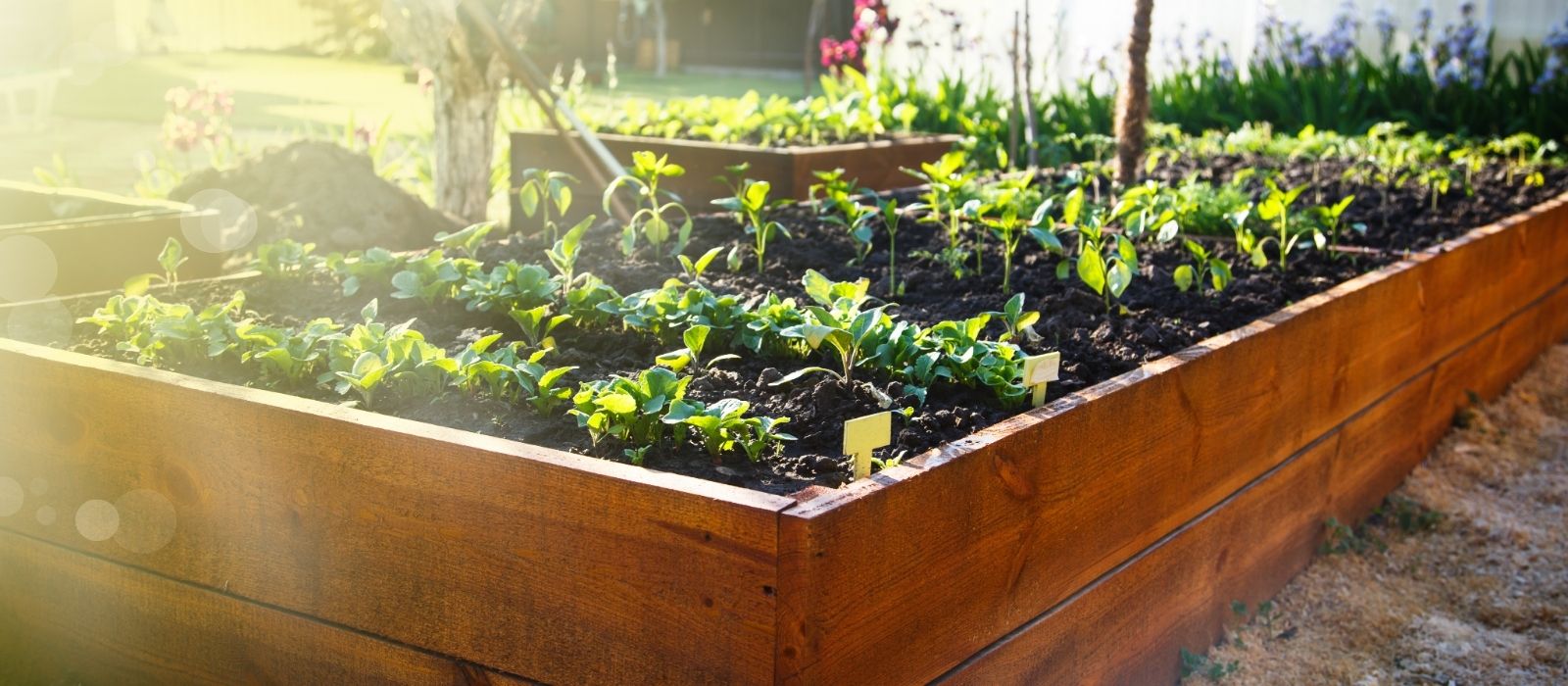
WWith so many benefits to raised vegetable gardens, there’s no reason not to start your own. It’s easier than you think, and the reward of fresh, delicious, and healthy vegetables is worth every effort.
Benefits of Raised Vegetable Gardens
Raised gardens offer improved drainage, easier access, and the ability to control soil quality. They’re perfect for growing everything from leafy greens to tumbling tomatoes, providing fresh produce at your fingertips.
Position
Place your raised garden in a sunny location, ensuring at least 6–8 hours of sunlight daily for optimal vegetable growth.
Prepare Soil
Start by lining the sides of the raised bed with clear or black polythene if using treated timber. Fill halfway with pea hay, then top with well-decomposed compost, mounded slightly to allow for natural compaction. Avoid mushroom compost, which can strip nutrients or harm seedlings.
Feed
Enrich your soil with sheep pellets or a balanced fertiliser like Oderings Garden Replenish to provide essential nutrients. Replenish compost annually to maintain soil health. Use liquid feed every few weeks to ensure consistent growth.
Watering & Mulching
Water deeply and regularly to keep soil evenly moist but not waterlogged. Mulch with straw or similar material to retain moisture and suppress weeds.
Protection
Prevent pests with natural barriers or companion planting. Use netting to keep birds or larger pests away from your vegetables.
Planting Tips
Plan Your Layout: Plant taller crops like tomatoes, corn, and beans at the back, with smaller vegetables like lettuce and carrots in front.
Maximise Space: Train ground cover plants like strawberries or cucumbers to grow down the sides of the box.
Crop Rotation: Alternate fast-growing crops (e.g., spinach) with slower ones (e.g., broccoli) to optimise harvests.
Garden Expert Tip
Involve the whole family—kids love planting seeds and watching them grow. Plus, vegetables you grow at home taste better, are fresher, and cost less than store-bought produce.














